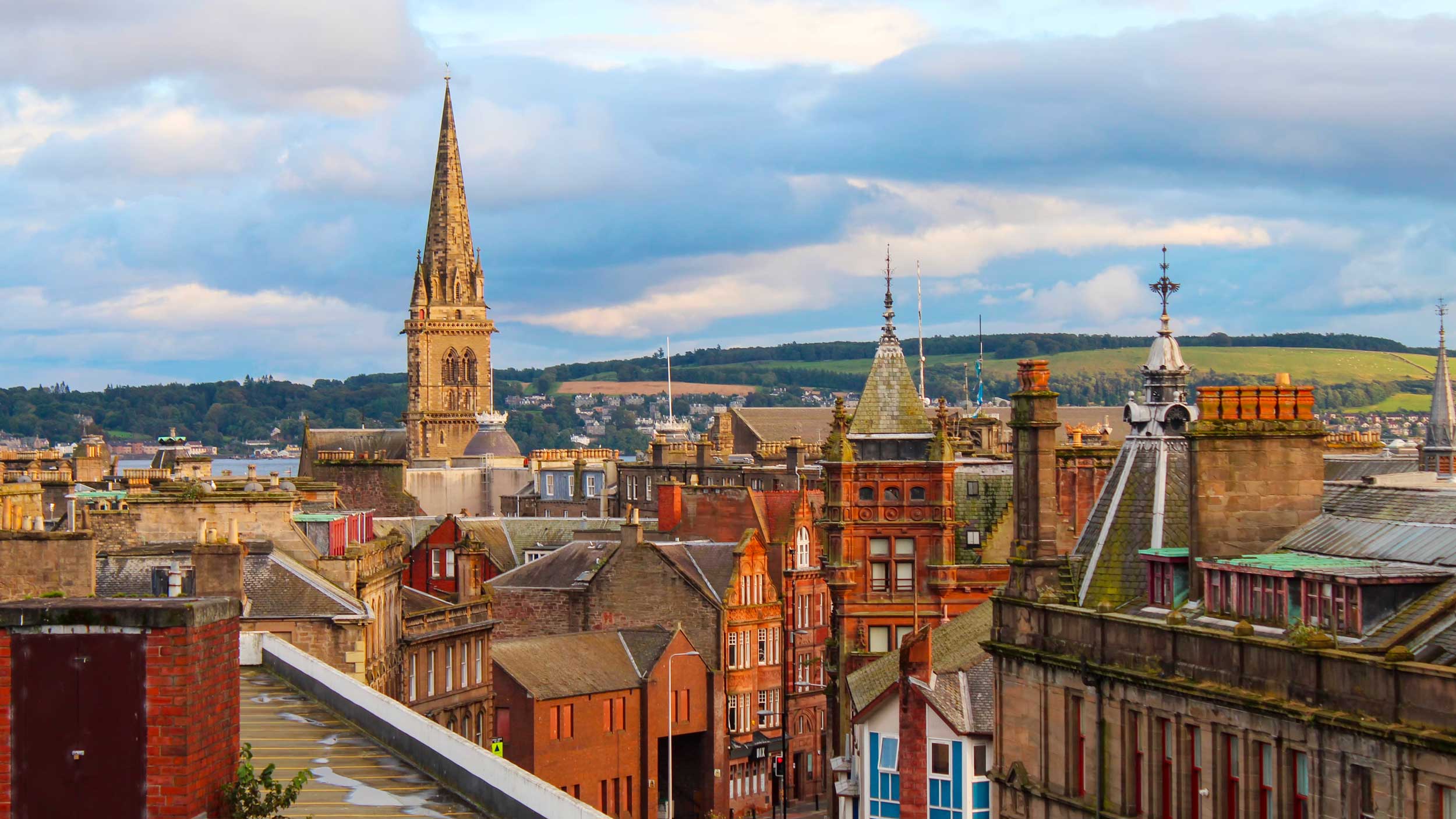This website uses cookies so that we can provide you with the best user experience possible. Cookie information is stored in your browser and performs functions such as recognising you when you return to our website and helping our team to understand which sections of the website you find most interesting and useful.
Urban Energy Transitions: Cities Leading the Way to Clean Electrified Futures
Estimated reading time: 3 minutes, 6 seconds

In this series of blog posts, Brainnwave CEO Steve Coates reflects on his attendance at COP26, the impacts on our industry and the implications for other business leaders who are thinking about the practicalities of decarbonization.
By 2050, 68% of the global population are projected to be living in urban areas, resulting in high energy consumption, more significant infrastructure needs and, consequent carbon emissions – cities have a critical role to play in the race to reach net zero.
“The solutions and technologies to deliver decarbonization already exist. We don’t need to wait for a new innovation to get started. This is really going to be a gamechanger for cities and businesses – access to this vast range of ideas is hugely valuable.” – Anna König Jerlmyr, Mayor of Stockholm.

Panel discussing Transport & Urban Form in Dundee
Speakers
- Cllr John Alexander, Leader of Dundee City Council and Chair of the Scottish Cities Alliance
- Stephanie Jamison, Senior Managing Director – Strategy & Consulting, Europe, Accenture
- Jean-Marc Ollagnier, CEO – Europe, Accenture
- Dr Daniel M. Kammen, Advisor for Innovative Energy Solutions at the United States Agency for International Development (USAID)
- Kristen Panerali, Head of Energy, Materials, Infrastructure Program – Net Zero Carbon Cities, World Economic Forum
- Wang Shi, President, Vanke Foundation
- Melissa Stark, Global Renewables and Energy Transition Lead, Accenture
- Jean-Pascal Tricoire, Chairman and CEO, Schneider Electric
- Francesco Venturini, CEO, Enel-X
- Jim Walker, Senior Director, Sustainable Energy for All
The ecosystems of cities are complex, and the utopian world of smart cities still seems a long way from reality. Every decision taken in the context of city planning will be with us for a very long time, 50+ years. The lasting legacy of choices made emphasises the importance of getting these decisions right.
During this session, the most exciting thing for me was the announcement of a new toolbox jointly developed by The World Economic Forum and Accenture. It is open-source, free for any city to use and can be accessed via https://www.weforum.org/nzcc/toolbox.
The tool provides a digital way to assess the priorities for your city by understanding the unique challenges, combining them and matching them to “best practice” solutions from other cities around the world. The solution is data-driven and helps to open up the world of solutions that are available today.
Melissa walked us through a simulation using Dundee as an example, with Cll John Alexander talking us through the real-life challenges and opportunities being faced by Dundee:
- 50% population under 21
- 1 in 6 are students
- 640,000 population
- 4th largest city in Scotland
- 90 mins travel from 90% of the population of Scotland
- Heat and lighting account for 37% of emissions, 25% from transport.
- 31% of households face fuel poverty
- Only 38.5% of waste is recycled; the target is to double this by 2025
These statistics form part of the tool and are combined with perceptions from the local population about the real challenges, such as lack of green building regulation or poor air quality.
The tool then generates 20 example projects worldwide, drawn from a database of over 200 solutions, to help stimulate discussion. The idea is that the city planners will use this to generate a shortlist of 6-8 ideas to take into the next workshop, which will focus on the solutions to prioritize. These are then fully costed and planned.
A crucial part of the process is the stage of understanding; this particular part resonated with me as it’s closely linked to the work Brainnwave are doing with our partner Hatch Urban Solutions. We combine complex and distributed data sources to fuel the analytics that generate insights about a city. Those insights can now form critical input into this new toolset to accelerate the ideation process of what can be done.

